Healthcare & Medical News
Cosmetic surgery costs are skyrocketing: Here's how to finance your dream look
1
soaring demand meets soaring costs
Cosmetic surgery is no longer just for the rich and famous. It's a booming industry, raking in over $14.6 billion in the U.S. alone, according to the American Society of Plastic Surgeons. People from all walks of life are investing in their appearance, often chasing the picture-perfect looks they've encountered on social media. However, the rising demand has sparked a significant price leap, leaving many shocked when they finally receive their bills.
young people's pursuit of beauty
The stigma surrounding cosmetic surgery is fading, becoming part of the modern self-care toolkit. In particular, younger audiences—millennials and Generation Z—are leading the charge. The digital world has normalized procedures like lip fillers and Botox, making them integral to many routines. A 2023 survey reveals more than 70% of plastic surgeons noted a surge in interest from younger patients eager to enhance their looks.
the cost of looking great
While the desire for cosmetic procedures grows, so too does the fear of financial devastation. The average costs placed sticker shock on potential patients. For example:
Rhinoplasty: $5,400
Breast augmentation: $4,500–$6,000
Liposuction: $3,600 per area
Facelift: $9,000
Brazilian Butt Lift: $8,000–$12,000
Eyelid surgery: $4,100
Botox/fillers: $300–$1,200 per session
And that’s just a fraction of the total expenses involved. When factoring in anesthesia, facility fees, and necessary follow-ups, patients can be staring down the barrel of tens of thousands of dollars.
how people are financing their dreams
With these overwhelming costs, paying for a cosmetic procedure can feel almost impossible. Some patients diligently save for months or even years. Others rely on credit cards, medical credit lines, or financing options from healthcare providers. Patients are piecing together the financing puzzle, hoping to make their desired changes a reality.
creative payment methods revealed
In Massachusetts, many clinic options exist for financing cosmetic procedures. When looking at payment plans, it’s crucial to consider all aspects of each plan. Some might offer low-interest rates, while others may tempt patients with zero upfront costs but high overall expenses in the long run.
Additionally, emerging companies provide financing specifically for aesthetic treatments. Services like CareCredit allow patients to secure funds upfront and pay in manageable installments. While this sounds appealing, prospective patients must weigh the risks—missing a payment can lead to crippling debt.
the emotional toll
The emotional aspects of pursuing cosmetic surgery shouldn't be underestimated. Patients often feel pressure to comply with societal beauty standards, especially those magnified by Instagram or TikTok. The desire to ‘fit in’ can compel individuals to overlook the considerable financial implications. Thus, understanding one’s motivations and ensuring true desire rather than external pressure is essential to making this hefty financial commitment.
future predictions and popular trends
Looking forward, the trend is expected to continue rising. Experts predict even more patients will choose non-invasive methods as they grow increasingly normalized. Additionally, emerging technologies could lower costs over time. As this evolution unfolds, understanding different innovations can empower consumers.
common misconceptions about cosmetic surgery
Many misconceptions surround cosmetic procedures. Some believe it’s all about vanity, forgetting the deeper motivations of individuals seeking surgery—self-esteem boosts, personal empowerment, or recovery from trauma. All patients deserve to feel confident and comfortable in their own skin.
take charge of your choices
Understanding the cosmetic surgery landscape is crucial for navigating the financial hurdles along the way. Knowledge truly is power—whether it’s about costs, financing options, or emotional readiness.
So, if you're contemplating cosmetic surgery, take your time and explore all possibilities. Don’t rush to a decision based solely on societal pressures. Knowledge about the financial implications and available financing options is essential. Make your decision wisely, as it's not just about appearance, but your well-being and future.

 Add Row
Add Row
 Add
Add

 Add Row
Add Row
 Add Element
Add Element






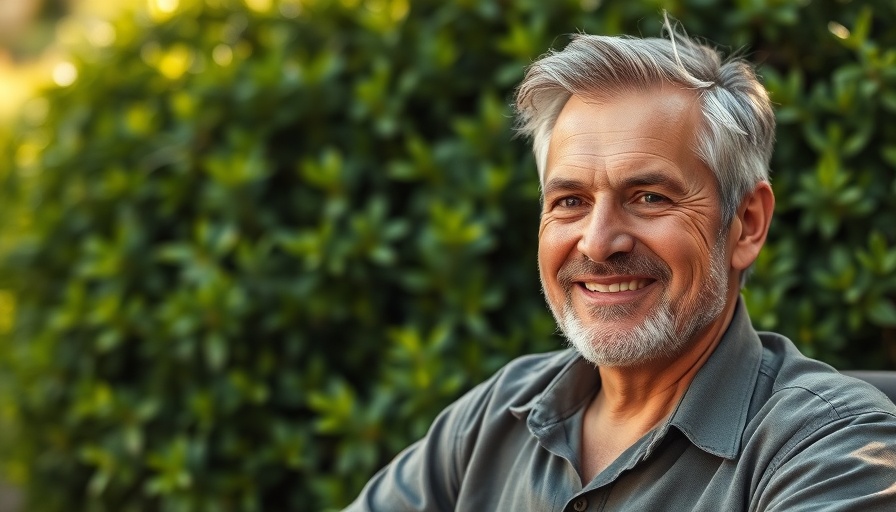










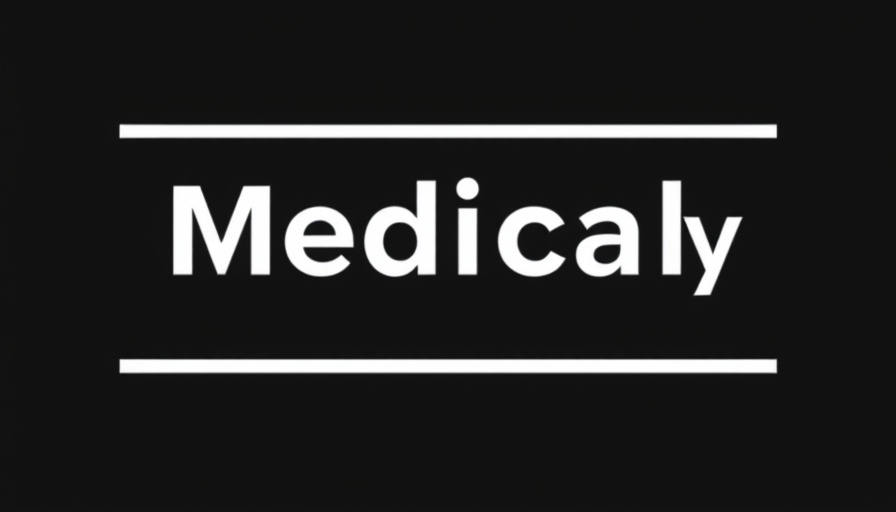
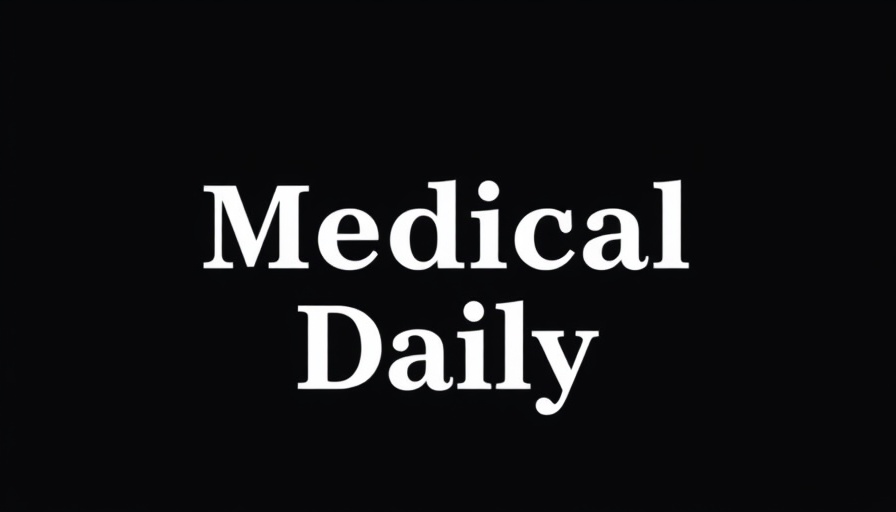


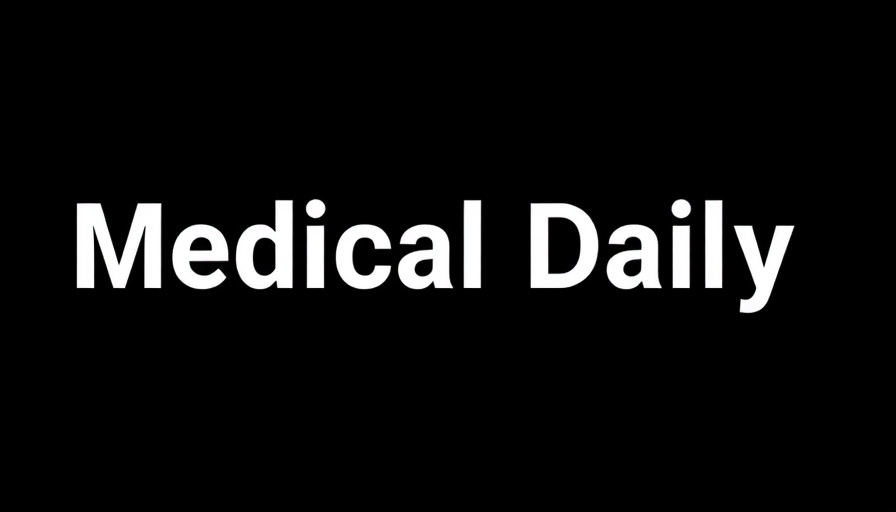
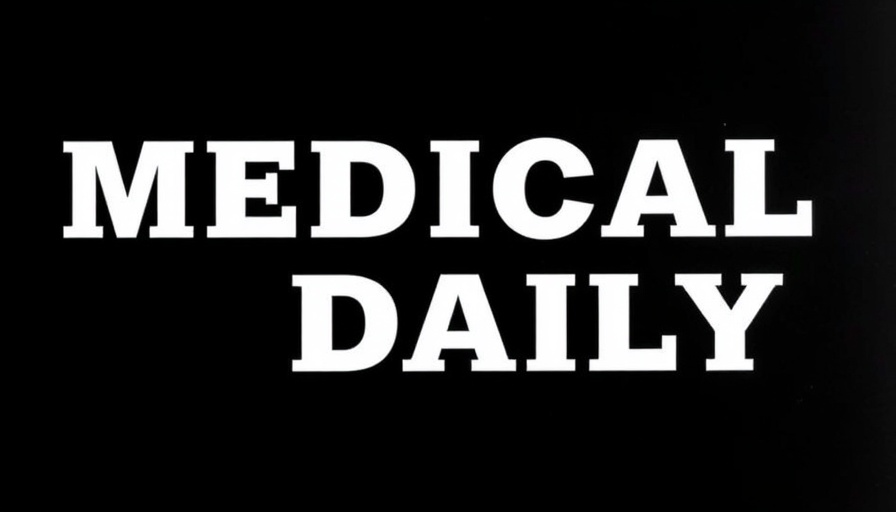
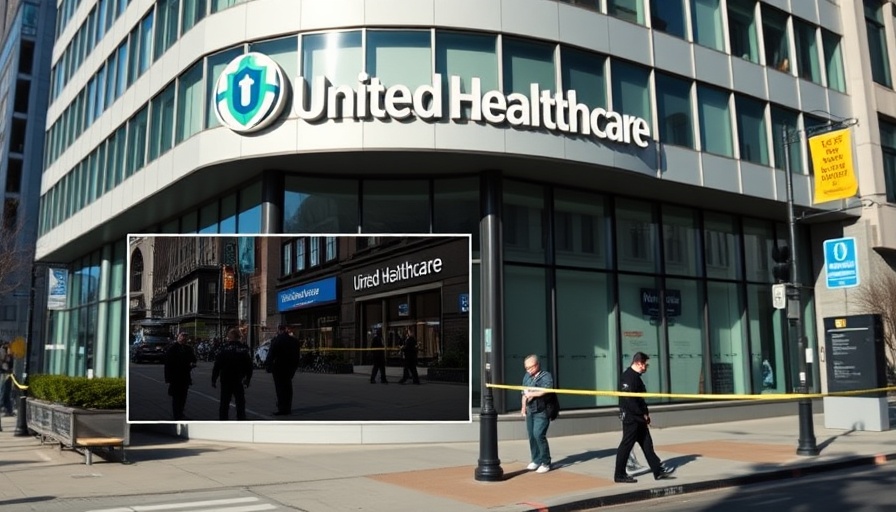
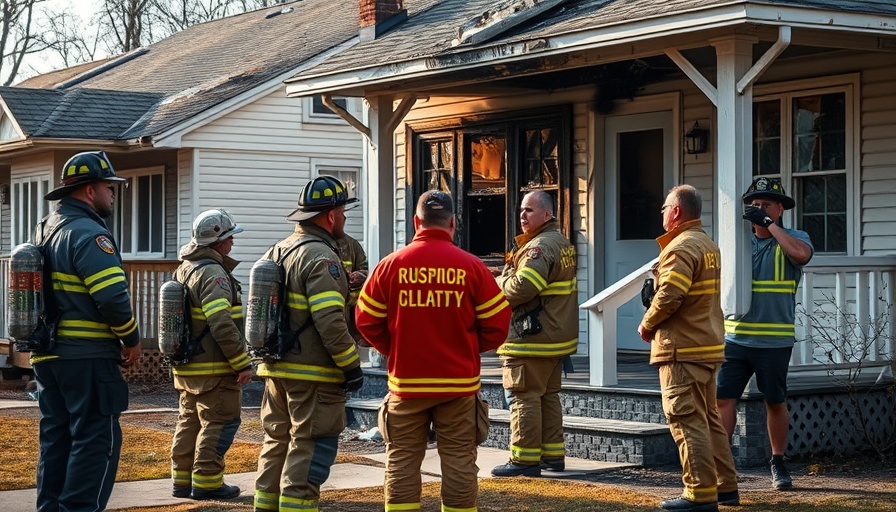
 Add Row
Add Row
 Add
Add

